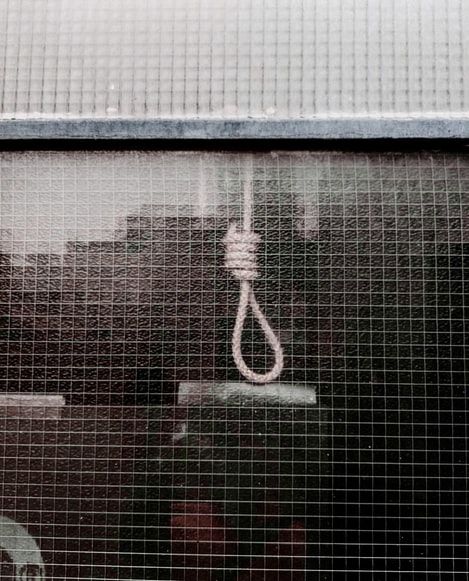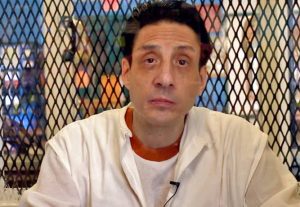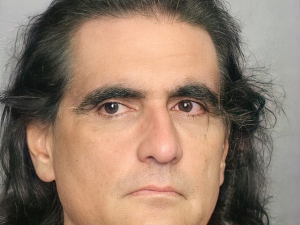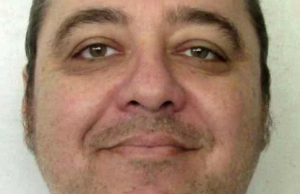Japan conducted its first execution in nearly two years on Tuesday, hanging three prisoners who had been on death row. Authorities said it was critical to maintain capital punishment to prevent “atrocious crimes.”
According to media reports citing a spokesperson from Japan’s Justice ministry, 65-year-old Yasutaka Fujishiro was one of the convicts executed on Tuesday. He reportedly killed seven people, including his family, using a hammer and a knife in 2004.
Also Read: Osaka arson suspect identified, buildings to be checked
The remaining two were Tomoaki Takanezawa, 54, who was convicted of murdering two people at an arcade in 2003 and his 44-year-old accomplice Mitsunori Onogawa, according to reports from AFP.
Capital punishment in Japan is given usually after prolonged sentencing and prison time and is always carried out by hanging. Currently, more than 100 people are estimated to be on death row in the east-Asian country.
Tuesday’s execution was the first one in the country under its new leader Fumio Kishida, who took over the Prime Minister’s office in October earlier this year.
Seiji Kihara, the deputy chief cabinet secretary, said in a statement, “Whether to keep the death sentence or not is an important issue that concerns the foundation of Japan’s criminal justice system”, according to reports from AFP.
Kihara added, “Given that atrocious crimes keep occurring one after another, it is necessary to execute those whose guilt is extremely grave, so it is inappropriate to abolish capital punishment.”
Japan executed three death-row inmates in 2019 and 15 in 2018 — including 13 from the Aum Shinrikyo cult that carried out a fatal 1995 sarin gas attack on the Tokyo subway.
The last set of executions was carried out by Japan between 2018 and 2019, which punished a total of 18 death row inmates. 13 of these were from the Aum Shinrikyo cult, which has been connected to the sarin gas attacks of 1995 in Tokyo’s subway.
According to reports from AFP, Japan has told death row inmates about their execution just hours before it is carried out.







